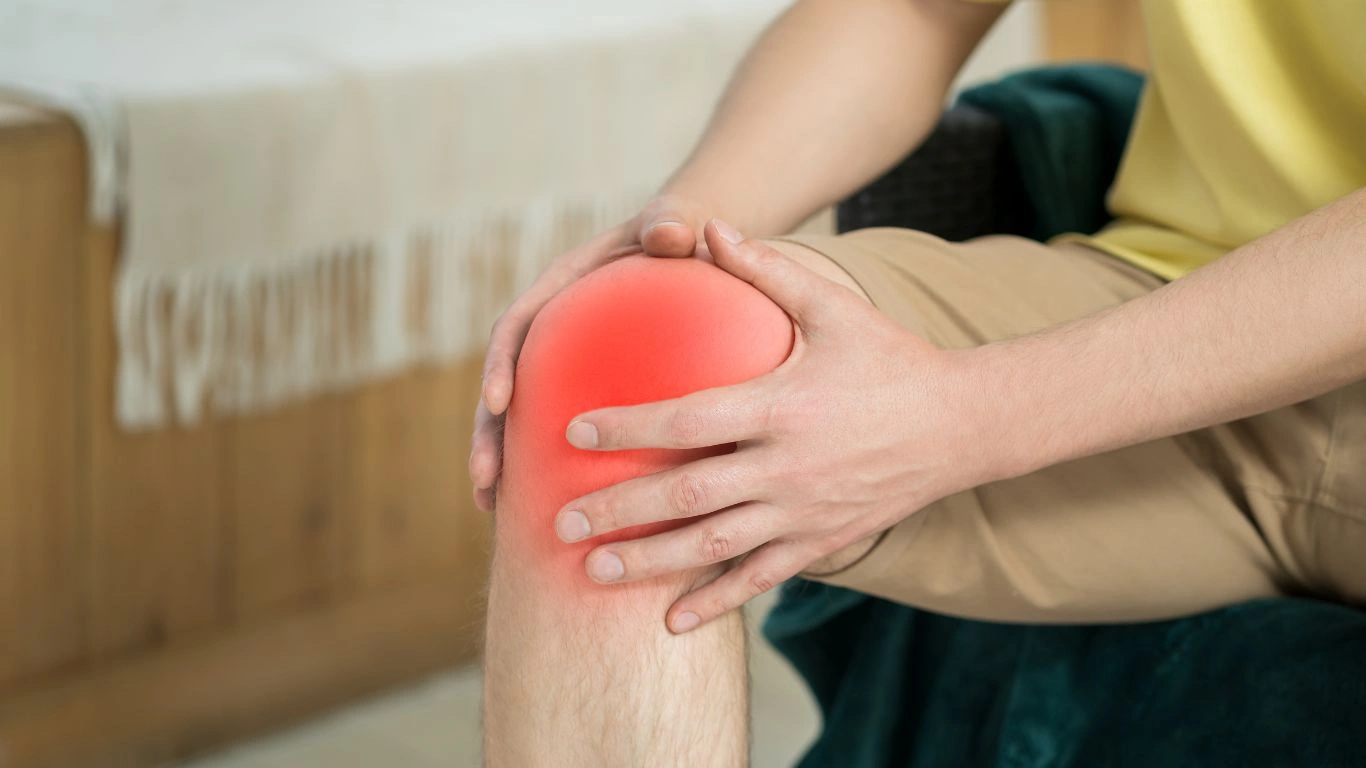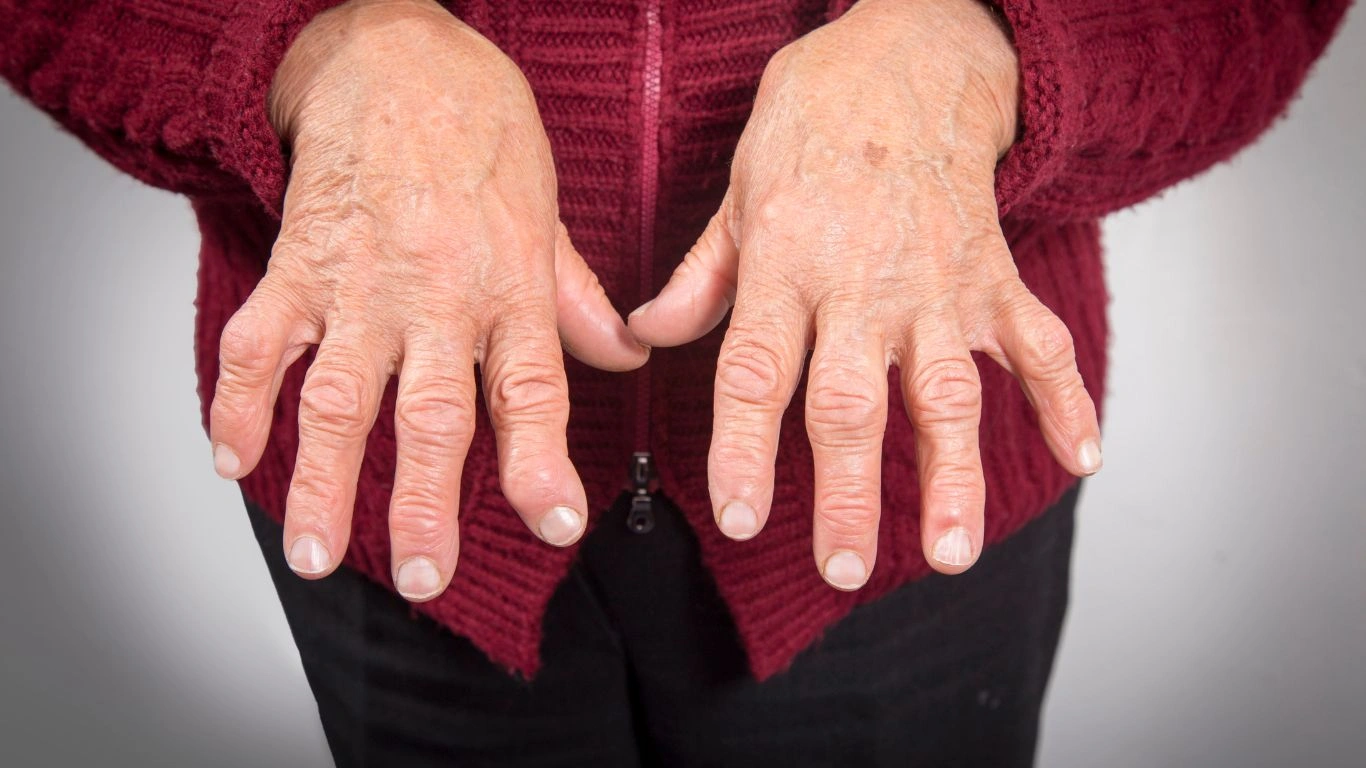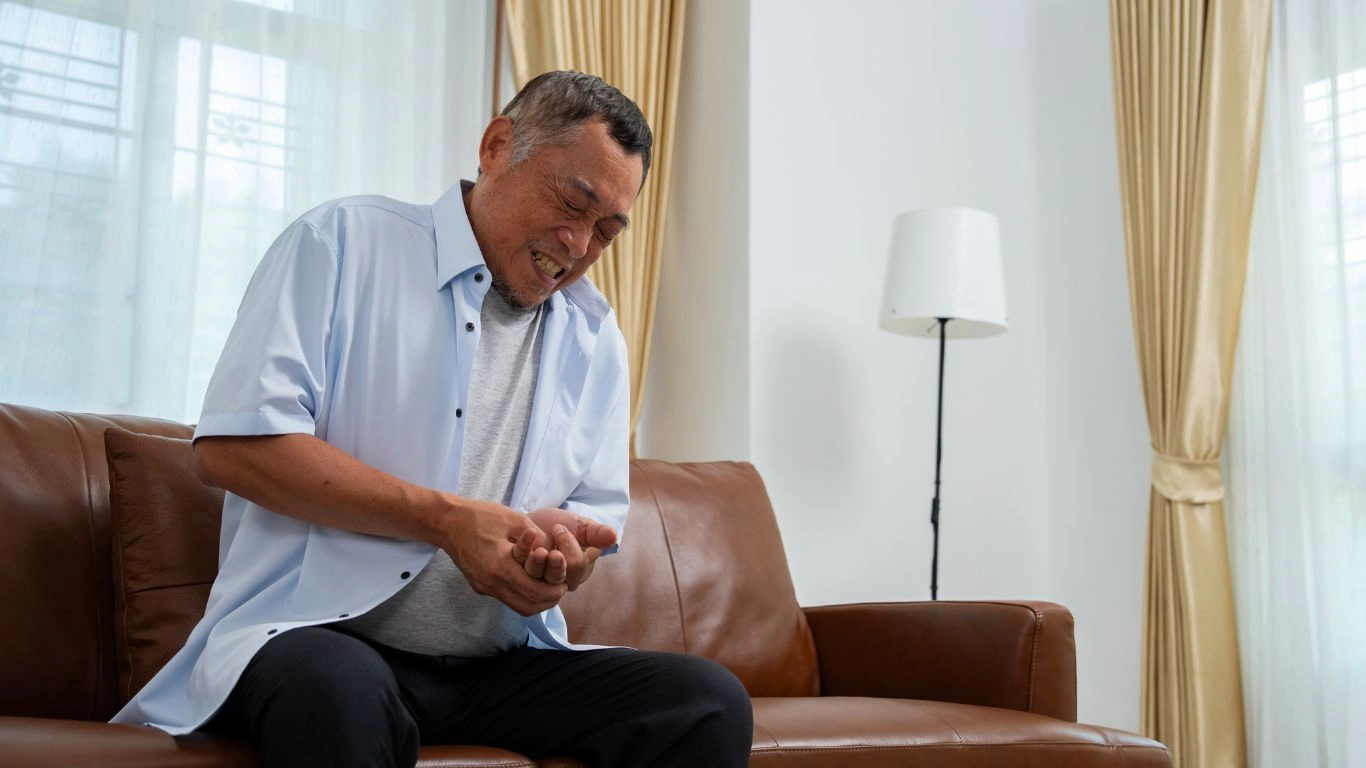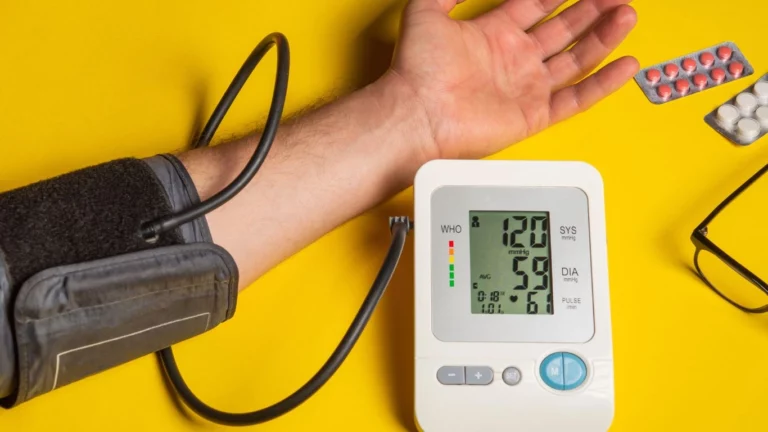Effective Tips for RA Joint Pain Relief to Regain Your Mobility
If you’re living with rheumatoid arthritis, you’re no stranger to the relentless ache that can settle into your joints and make even the simplest tasks feel like a marathon. As a rheumatology nurse practitioner, I’ve spent countless hours listening to patients share their daily struggles and, more importantly, celebrating their small victories. Whether you’re newly diagnosed or a seasoned RA warrior, understanding the best tips for RA joint pain can help you regain some control over your body and your day-to-day life. Let’s chat about some practical, down-to-earth strategies that can make a real difference.
Start with Gentle Movement

Why Rest Isn’t Always Best
One of the first things I hear from patients is, “Should I be resting more?” And while rest has its place, too much of it can actually backfire. When you avoid movement, your joints can become even stiffer, and muscles start to weaken—making pain worse. I always encourage my patients to think of movement as a form of nourishment for their joints. It doesn’t have to be intense—just consistent and gentle.
My Go-To Low-Impact Activities
- Swimming or water aerobics – The buoyancy reduces pressure while keeping you active.
- Stretching and yoga – Think slow, intentional poses, not headstands!
- Short walks – Even a 10-minute stroll can work wonders if done regularly.
One of my patients, Maria, swore by chair yoga. She started with just five minutes a day and worked her way up. Now, it’s her non-negotiable morning ritual—and her knees thank her for it.
Pay Attention to the Power of Heat and Cold

When to Go Warm vs. When to Chill
This is one of those things that sounds too simple to be effective, but the right temperature at the right time can bring real relief. Hot packs are great for easing stiff joints and getting them moving in the morning, while cold packs can calm down inflammation after activity. I usually tell folks to keep a microwaveable heating pad and a gel cold pack handy—just like a first-aid kit for flares.
- Use heat before stretching or morning routines to loosen things up.
- Apply cold after exercise or during flares to numb pain and reduce swelling.
Just remember: don’t overdo it. Twenty minutes is usually the sweet spot. And always wrap it—direct contact with skin isn’t a good idea.
Nutrition: It’s Not Just About the Scale

Foods That Can Fuel or Flare
I’ve lost count of how many times I’ve heard someone say, “I had no idea food made such a difference!” But oh, it does. A diet rich in anti-inflammatory foods can ease joint pain, while certain triggers can make symptoms worse. For example, sugary treats and processed snacks might seem comforting in the moment, but they often leave joints screaming the next day.
- Anti-inflammatory heroes: salmon, turmeric, leafy greens, berries, walnuts
- Inflammation culprits: soda, red meat, fried foods, white bread
One trick I love? A turmeric-ginger tea in the afternoon. It’s a simple, cozy ritual—and both ingredients pack a punch when it comes to reducing inflammation.
Listen to Your Body and Respect Its Limits

Pacing Is Not Laziness—It’s Strategy
Here’s a bit of wisdom I’ve shared a hundred times in the clinic: “You can do anything—but probably not all in one day.” With RA, pacing yourself is a form of self-respect. The reality is that your energy bank is limited, especially during a flare. If you ignore your body’s cues, you risk aggravating your joint pain and setting yourself back.
Think of your energy like a pie chart. You want to spread it across the day instead of blowing it all on a morning cleaning frenzy. I had one patient, Lisa, who used to power through her mornings, only to crash by lunch. Once she started spacing her tasks out and taking intentional rest breaks, she noticed a huge difference in how her joints felt by evening.
- Alternate activity with rest
- Use timers to pace tasks (I love the 25/5 method—work for 25 minutes, rest for 5)
- Keep a symptom journal to track which activities trigger joint pain
Supportive Tools That Make Life Easier

Let the Tools Do the Heavy Lifting
I’ll be honest—some folks hesitate to use assistive devices because they don’t want to “look disabled.” But here’s the deal: there’s absolutely no shame in making life easier. These tools aren’t a sign of weakness; they’re signs of wisdom. From jar openers to ergonomic kitchen tools and wrist braces, there’s a gadget for almost every tricky task.
One of my favorite suggestions is using built-up grips for utensils. They’re a game-changer for people with hand involvement. And if mornings are rough, consider a long-handled shoehorn or button hook. These little hacks reduce joint strain and preserve your energy for more meaningful parts of your day.
- Compression gloves: Great for easing hand stiffness during colder months
- Electric can openers: Say goodbye to painful twisting motions
- Voice-to-text apps: For journaling or work tasks without typing strain
I keep a rolling cart with daily essentials so I don’t have to make a dozen trips across the house. It sounds small, but these tweaks really add up!
Sleep: Your Secret Weapon Against Inflammation

The RA and Sleep Struggle Is Real
Here’s the irony: RA can make sleep harder, but poor sleep makes RA symptoms worse. It’s a frustrating cycle I see all too often. Between joint pain, stiffness, and racing thoughts about the next day, getting quality rest is a legit challenge. But improving your sleep can help reduce systemic inflammation and improve overall pain tolerance.
Simple Sleep Tweaks That Can Help
- Stick to a sleep schedule – Going to bed and waking up at the same time helps regulate your body clock
- Use a supportive mattress and pillows – Especially one that cushions joints without sinking too much
- Establish a wind-down routine – Think chamomile tea, gentle stretching, or a warm bath
One of my RA patients started using a weighted blanket, and she swears it helped reduce nighttime tossing and turning. It’s not for everyone, but if anxiety or restlessness keeps you up, it might be worth a try.

You Deserve a Team in Your Corner
Managing rheumatoid arthritis isn’t just a physical journey—it’s an emotional one too. I’ve seen how powerful it is when someone feels truly heard and supported. Whether it’s your rheumatologist, a physical therapist, a counselor, or even an online community, having a team matters.
Don’t be afraid to ask for help. I know we all like to think we’re superheroes, but it’s okay to lean on others. Your pain is real. Your fatigue is real. And your story matters. If you haven’t yet, consider joining a local or online RA group. Hearing someone say, “Yes, I feel that too,” can be such a relief.
Also, build a strong relationship with your healthcare provider. You should feel comfortable bringing up everything—from new symptoms to medication side effects to that weird hand pain that only happens in the morning. No detail is too small when it comes to your health.
Medication Management: Partnering for Pain Relief

Finding the Right Balance
One of the most important tips for RA joint pain that I emphasize in my practice is the crucial role of medication management. Rheumatoid arthritis is a complex autoimmune condition, and often the best way to protect your joints from ongoing damage and reduce pain is through appropriate medications. But navigating this can feel overwhelming—side effects, dosing schedules, insurance hurdles—it’s a lot.
From my experience, the key is being an active partner in your care. This means asking questions, understanding what each medication does, and being upfront about how you’re feeling. Some medications might take weeks or months to show their full benefits, so patience and good communication with your rheumatologist are essential.
Types of Medications Commonly Used
- DMARDs (Disease-Modifying Anti-Rheumatic Drugs): These slow the progression of RA and prevent joint damage.
- Biologics: Target specific parts of the immune system to reduce inflammation.
- NSAIDs (Non-Steroidal Anti-Inflammatory Drugs): Help relieve pain and inflammation but don’t stop joint damage.
- Steroids: Powerful anti-inflammatory agents for short-term flare control.
It’s not uncommon for patients to feel unsure about starting or switching medications. I always encourage folks to write down their concerns and bring them to appointments. A well-informed patient often has the best outcomes.
Mindfulness and Stress Management: More Than Just a Buzzword

How Stress Impacts RA Pain
Stress isn’t just bad for your mood—it can actively worsen inflammation and joint pain. I’ve noticed that when my patients learn simple stress-reduction techniques, their overall wellbeing improves dramatically. It’s like giving your body a little breather from the constant attack of RA.
Easy Mindfulness Practices to Try
- Deep breathing exercises: Taking slow, deliberate breaths can calm your nervous system and reduce pain perception.
- Guided meditation: Apps or YouTube videos can lead you through short sessions—perfect for beginners.
- Progressive muscle relaxation: Tensing and relaxing different muscle groups to release tension.
- Journaling: Writing down your feelings can help process emotions and identify stress triggers.
One patient, Mark, shared how incorporating just 10 minutes of mindfulness daily helped him manage flare anxiety and reduced his pain spikes. It’s simple, but powerful.
Regular Check-Ins: Why Ongoing Monitoring Matters
RA is a condition that can change over time, which means regular check-ins with your healthcare team are vital. I always stress that even if you feel “okay,” staying ahead of joint damage is crucial. Regular blood tests, imaging, and clinical assessments help tailor your treatment plan to where you are today—not just where you were six months ago.
Don’t skip appointments or downplay new symptoms. Your rheumatology team is there to guide you, adjust treatments, and offer support through the ups and downs.
Additional Lifestyle Tips That Can Help
- Maintain a healthy weight: Extra pounds put more pressure on already sensitive joints.
- Quit smoking: Smoking can worsen RA symptoms and reduce medication effectiveness.
- Stay hydrated: Water supports overall joint health and can help reduce fatigue.
- Protect your joints: Use proper body mechanics—lift with your legs, avoid repetitive stress, and take breaks.
These might sound like common-sense tips, but in my years of practice, they’re game-changers when combined with medical treatment and self-care.
References
Disclaimer
This article is intended for informational purposes only and does not substitute professional medical advice, diagnosis, or treatment. Always consult your healthcare provider regarding any questions about your health or medical condition. Individual experiences with rheumatoid arthritis vary, and treatment should be personalized to your specific needs.

Tarra Nugroho is a dedicated Nurse Practitioner with a strong foundation in family and preventive care. She brings both compassion and clinical expertise to her practice, focusing on patient-centered care and health education. As a contributor to Healthusias.com, Tarra translates medical knowledge into clear, empowering articles on topics like women’s health, chronic disease management, and lifestyle medicine. Her mission is simple: help people feel seen, heard, and informed—both in the clinic and through the content she creates. When she’s not caring for patients, Tarra enjoys weekend hikes, plant-based cooking, and curling up with a good health podcast.






